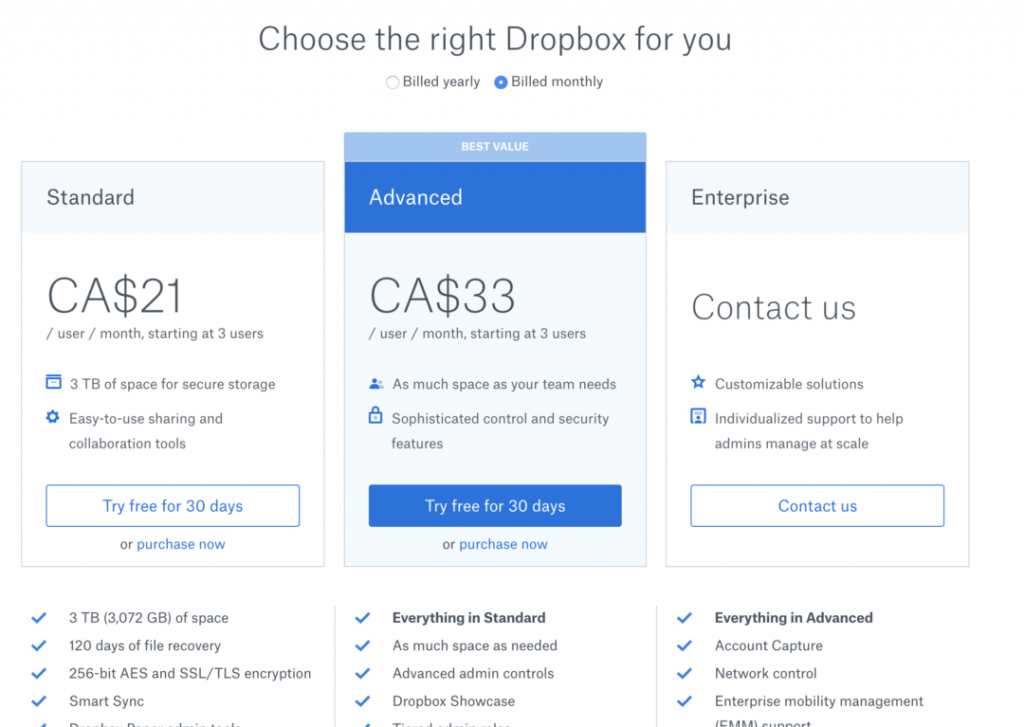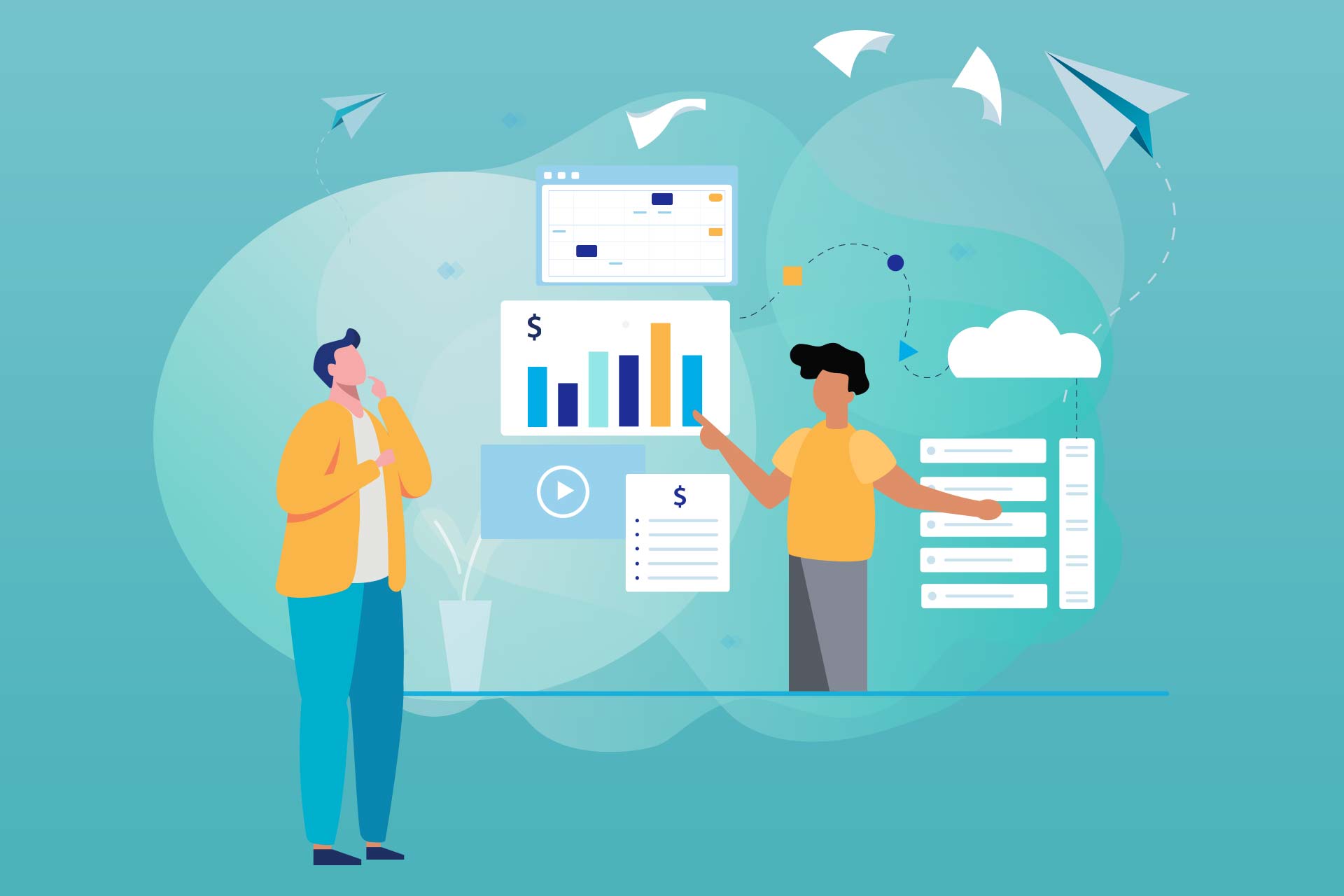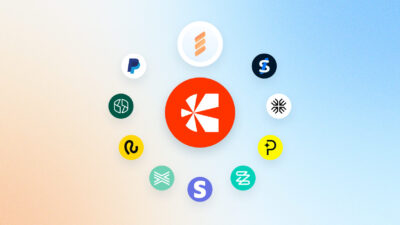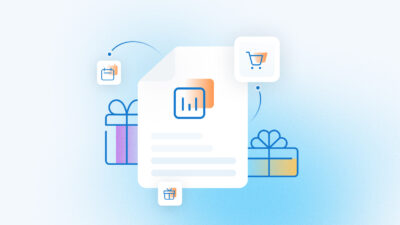The way that B2B SaaS is sold today is broken.
In this blog post, we dig into how the B2B SaaS sales process is broken and why giving your prospects more choice will actually result in faster sales, better visibility and more closed deals.
Almost every B2B SaaS company has a couple of self-serve tiers on their website, where the average prospect can do their research, pick the package that’s right for them, fork over their credit card and be off to the races.
However, on most B2B SaaS sites you will often see an enterprise or “Contact Us” tier if the prospect feels like the self-serve options just don’t cut it for their company.
Something like this:

Here’s the typical scenario that plays out in most B2B SaaS sales processes:
A prospect gets on a call with a Sales Development Rep (SDR) whose primary goal is to “qualify” the prospect and get them into a demo with an Account Executive (AE). Once they get through the demo, and the AE further qualifies them, they finally get to talk price and packages. At this point, the sale all comes down to the AE sending over some pricing, a proposal or other collateral to the prospect and hoping they will close.
The Challenge
Once a prospect has become a Sales Qualified Opportunity, meaning that they have the budget, authority, need and timeline (or choose your other favourite qualification terms) there are very few tools that the AE can use to help during this stage, and they are left following up over and over again.
We’ve all seen the emails:
Hey Bill, Just following up on that proposal and pricing I sent over.. Let me know.
This type of follow-up is little more than a shot in the dark, and the AE has no data about how the prospect perceived the proposal. They cling to the “email opened” notification from their CRM like a lifeline, as this may be the only sign that the prospect is still interested.
Yes, we all need to follow up with our prospects, it’s just the nature of the beast, but we shouldn’t do it blindly. Further, the prospect shouldn’t feel like they only have one option.
The Importance of Visibility in the B2B SaaS Sales Process
Not having any visibility into this critical part of the sales cycle is one of the reasons we think the B2B SaaS sales process is broken.
Having been the prospect many times, I find it frustrating that if I want to play a bit of “what-if” analysis with the options that I have to go back to the AE, and ask permission to get different pricing or worse get told that what I have is all they can offer. It takes time, effort, and makes for a longer more frustrating sales process.
For the business, looking at a deal in this situation is kind of like peering into the abyss. VPs of Sales can see very little at this stage, and AEs are essentially guessing and using their hard-earned sales skills to will the deal to close. In a perfect world that’s likely adequate, but in a world where we need to scale and move faster and faster every day, there should be a way to support the AE and their VPs through this process.
I believe that we can make the experience better for all parties, and curiously, we as B2B SaaS companies have already been doing it for years.
The Psychology of Choice
Giving prospects choice is what most B2B SaaS companies already do with their self-serve options. This same experience needs to be true in the enterprise deal. Typically we do this by presenting our packages in a way that relies on a couple of psychological principles; even if we don’t realize we are doing it. We can use this same psychology in our enterprise deals, particularly two psychological principles:
The first principle is Single Option Aversion which means that given only one option a prospect is more likely not to buy anything because they are hesitant to buy without comparable options. So B2B SaaS companies present a few options on their self-serve tiers since they know that there is no one-size-fits-all solution.
And the second principle is extremeness aversion; this states that given several related choices the extreme outliers will be disregarded, and prospects will more likely choose the option in the middle. Using this approach many B2B SaaS companies employ 3-5 tiers for self serve options, knowing full well that the lower and higher end tiers serve as guideposts, to keep prospects headed toward the center.
Ultimately, by employing these tactics, we want to change the question in the prospect’s mind from, “Am I going to buy from you?” to “What am I going to buy from you?” and at a deeper level they are guided to the package that is right for them, and the business.
We know these tactics work, so why don’t we incorporate them into our enterprise strategy? Why do we revert to a black box when selling custom packages?
Wrapping Up: Fixing the B2B SaaS Sales Process
All our prospects want is to understand their options and feel like they have some control. What if we could accomplish this while gaining valuable insight into how our prospects perceive our offerings, increase our chances of closing deals, and accelerate the entire pipeline?
This is how we fix the B2B SaaS sales process is broken. It’s also why we built FastSpring Interactive Quotes: we want to change the B2B SaaS sales process to reflect the way people want buy and sell custom B2B SaaS.
FastSpring Interactive Quotes is a pricing proposal tool that streamlines the entire custom B2B SaaS sales process. FastSpring’s interactive and intelligent pricing proposals gives buyers an incredible custom buying experience, and sellers the power to close more deals. When empowered by FastSpring’s Interactive Quotes, AE’s have doubled their conversion rates and saved 10+ hours a month on preparation time.









